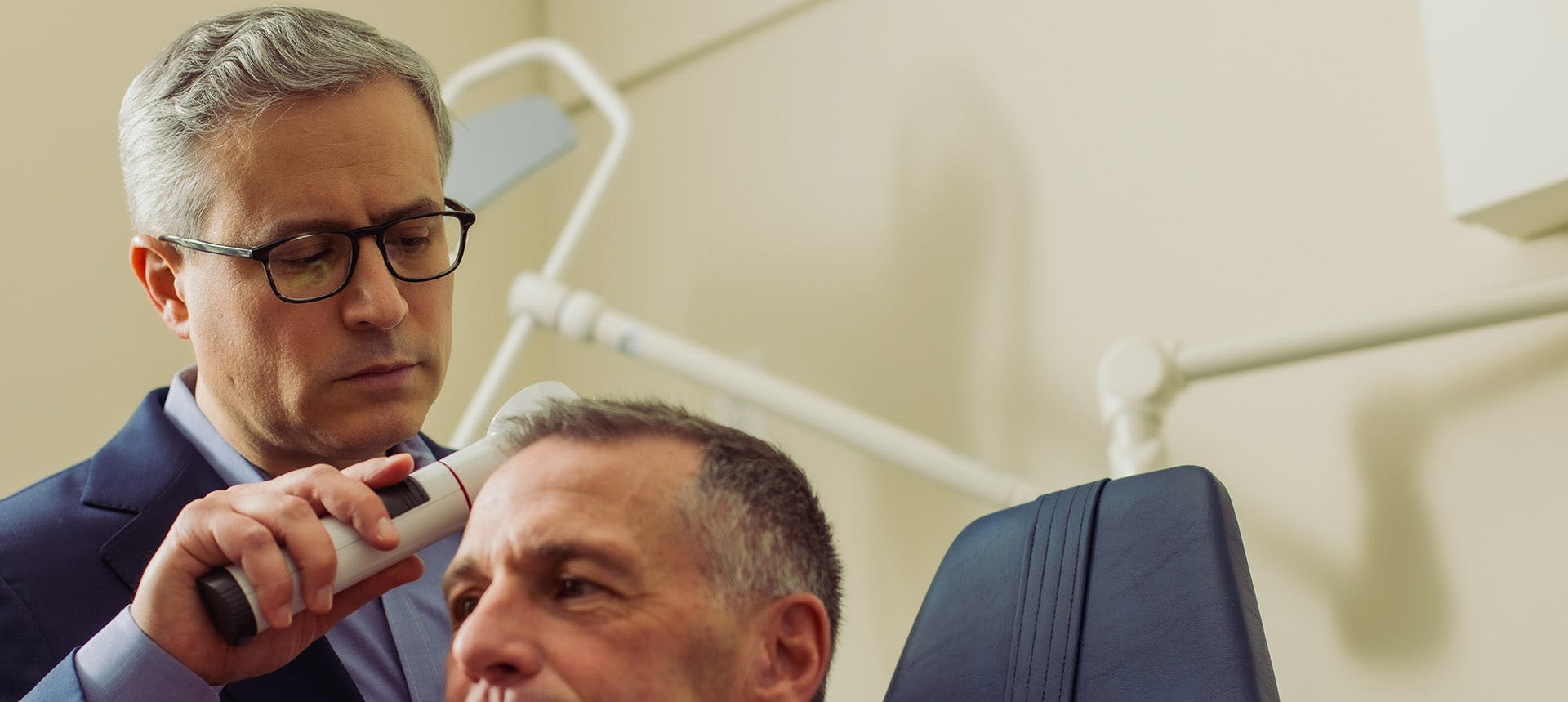A beard is a traditional sign of masculinity, and an important part of your identity. As you begin to age, your beard may also begin to show signs of aging. Thinning spots and places of uneven hair growth may prevent you from growing the full beard you want.
What Can I Expect Following Beard Restoration?
Beard restoration is performed within the calm, serene environment of our midtown Manhattan offices under local anesthesia. Most patients remain very comfortable during beard restoration surgery. Dr. Wolfeld will remove hair follicles from the designated area with the FUE (Follicular Unit Extraction) and prepare them for implantation. Then, he will carefully place individual follicles to restore the fullness of your beard. Our surgery for facial hair transplant in NYC can last between two and five hours depending on the extent of the area that needs filling in.







